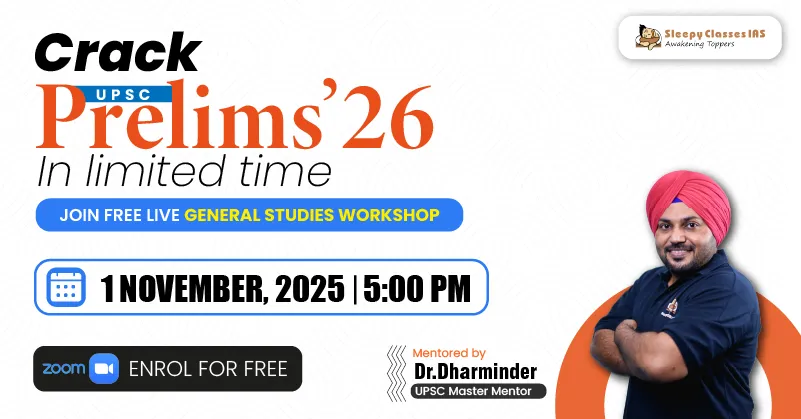The Chandipura virus has recently made headlines due to a surge in cases in Gujarat. This isn’t the first time India has encountered this virus, as it has been present since the 1960s. Understanding its transmission, symptoms, and preventive measures is crucial, especially for UPSC aspirants. Let’s delve into the details.
Key Takeaways
- Chandipura virus has been in India since the 1960s.
- Transmitted primarily through sandflies and potentially mosquitoes.
- Symptoms include encephalitis, particularly affecting children under 15.
- No specific antiviral treatment or vaccine available.
- Prevention includes insect repellent, protective clothing, and environmental management.
Historical Context
The Chandipura virus was first identified in the 1960s. Despite recent outbreaks in Gujarat, it’s essential to note that this virus has been present in India for decades. UPSC exams often test candidates on historical occurrences, so remember that this isn’t a new virus in the country.
Transmission
Understanding the transmission of the Chandipura virus is vital. The primary vector is the sandfly, but recent studies have also indicated that mosquitoes might carry the virus experimentally. However, there has been no isolation of the virus from mosquitoes as of now. The sandfly population increases significantly during the monsoon season, making this period particularly risky.
Symptoms
The symptoms of the Chandipura virus can vary, much like those of COVID-19. Common symptoms include fever, headache, and encephalitis, which is the inflammation of the brain. This condition is particularly severe in children under 15, with those under 10 being at the highest risk. The general nature of these symptoms means that if a UPSC question mentions them, there’s a high probability of it being correct.
Why Children Are More Susceptible
Children are more susceptible to the Chandipura virus for several reasons:
- Weaker Immune System: Children’s immune systems are not as strong as adults, making it harder for them to fight off the virus.
- Higher Exposure: Children are more likely to be outdoors, increasing their chances of being bitten by an infected sandfly.
Prevention
Preventive measures are crucial in combating the Chandipura virus. Here are some effective strategies:
- Insect Repellent: Use DEET-based insect repellents to protect against sandfly bites.
- Protective Clothing: Wear long sleeves and pants to minimize skin exposure.
- Environmental Management: Remove standing water and organic waste to reduce breeding grounds for sandflies and mosquitoes.
- Awareness and Education: Stay informed about the virus and educate others on preventive measures.
Treatment
Currently, there is no specific antiviral treatment or vaccine for the Chandipura virus. Treatment is symptomatic, meaning it focuses on alleviating the symptoms rather than curing the virus. Therefore, prevention remains the best policy.
Study Tips for UPSC Aspirants
When studying diseases like the Chandipura virus, focus on the following aspects:
- Cause: Understand what causes the disease.
- Transmission: Know how the disease spreads.
- Treatment: Be aware of the available treatments and preventive measures.
You can create a table to organize this information for various diseases, making it easier to remember.
Conclusion
Understanding the Chandipura virus is essential for UPSC aspirants, given its recent prominence in the news. Focus on its history, transmission, symptoms, and preventive measures to be well-prepared for any related questions in the exam. Stay informed and stay safe.
For more informative blogs on UPSC preparation, Click Here!





